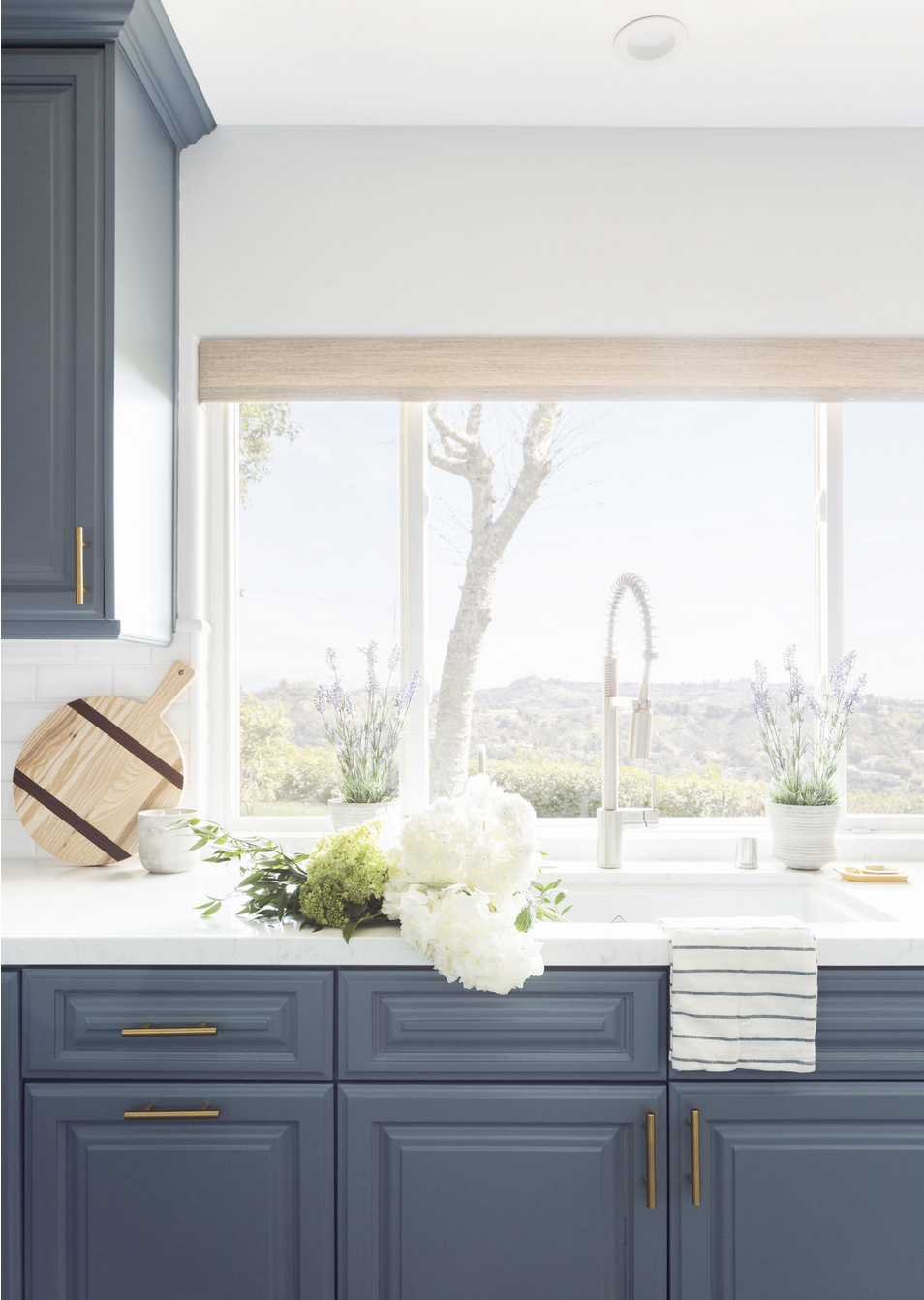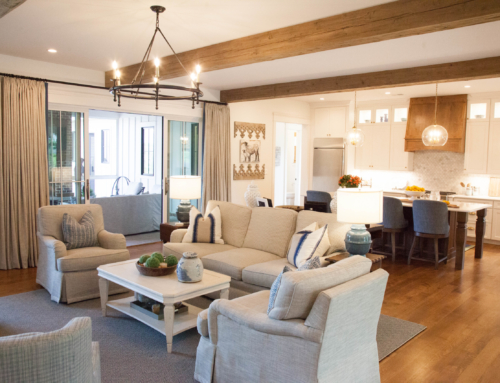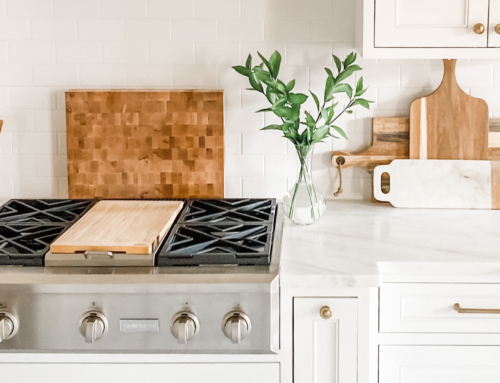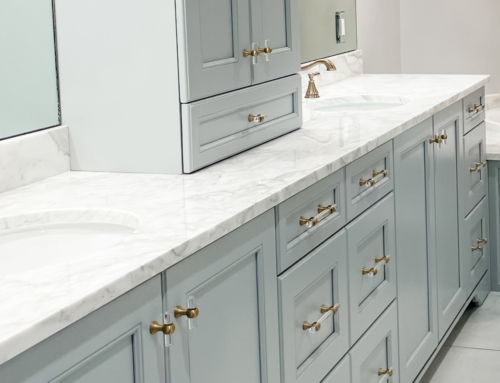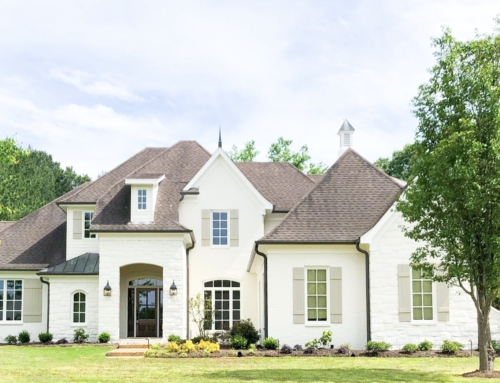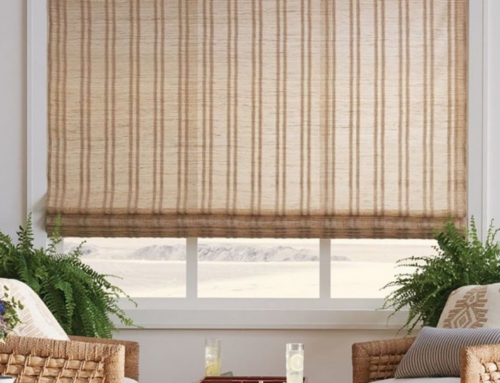Brass is back if you are considering it as a finish, it pairs well with bronze or polished nickel so if you are planning on combining finishes limit it to two.
Brass has made a comeback for its warm hue and vintage look. It pairs well with all the dark and desaturated hues which are currently very popular in furniture and decor (think dark stoney blues to muted forest greens) but also, brass warms up light and airy color palettes that give us the classic and timeless style that are currently popular in kitchens and bathrooms. Brass is also known for looking great with different stones such as marble and terrazzo as well as raw materials such as concrete. Because of this, it is easy to see why brass is making a comeback into modern design.
So if you are now sold on using brass as your go to finish this season, it’s time to go over the different types. There are a few different finish styles; antique, bright, matte, etc.. Because of this, one of the most important things that I suggest to my clients is to make sure that all their brass finishes match.
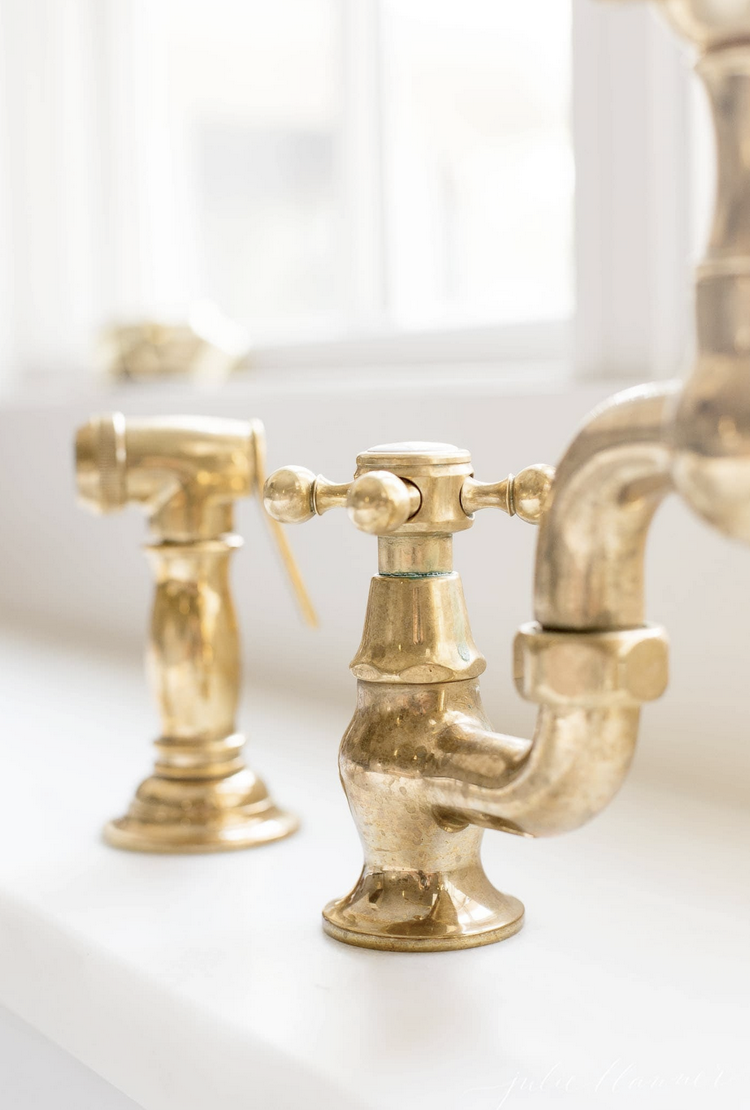
The first thing to consider is whether or not you want to go with an Unlacquered or Lacquered Brass if you are going with real brass. An Unlacquered Brass, also known as raw brass or uncoated brass, is an unfinished raw brass that darkens and develops patina as it ages. This adds character to new and old homes alike. A Lacquered Brass is a bright or polished brass that is shiny and has more of a yellow tint. Unlike Unlacquered brass, Lacquered brass has a finish, or surface coating, that prevents the brass from tarnishing or aging. Normally a lacquer is applied after the brass is polished so it can capture and keep that “brand-new” look. You can easily wipe lacquered brass down to keep the surface clean, but you cannot polish it.

You could also opt for a matte or satin brass. This is just as bright and beautiful as the Lacquered brass, but without the shiny finish. It gives a more modern feel than some of the antique brasses. It is subtle yet bold and it doesn’t show fingerprints or water spots, resists tarnish, and is warm and bright without being gaudy.
Antique brass is good for those who want that aged patina, but without the maintenance. It is aged with chemicals and sealed with a low luster finish which gives you a worn, antique look that will never change or need polishing. But chemical aging never looks the same as a natural patina and the color is not as warm as unlacquered brass. Weathered brass, which is like antique brass (though generally lighter in color), is made to look aged and used rather than shiny and new. It’s visually interesting and resists fingerprints and water spots, plus scratches and damage.
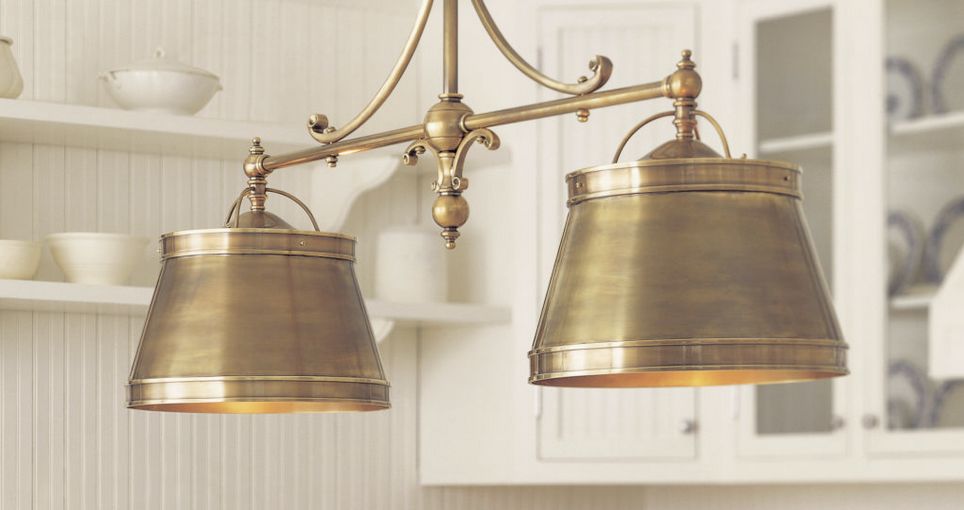
Burnished brass is great because it combines the appeal of bright polished brass with antique and weathered brass. It is a warm and polished yet textured and slightly brown brass. Its rich, golden color is shiny but not reflective. Also, it may continue to patina, depending on the burnishing technique that was used.

